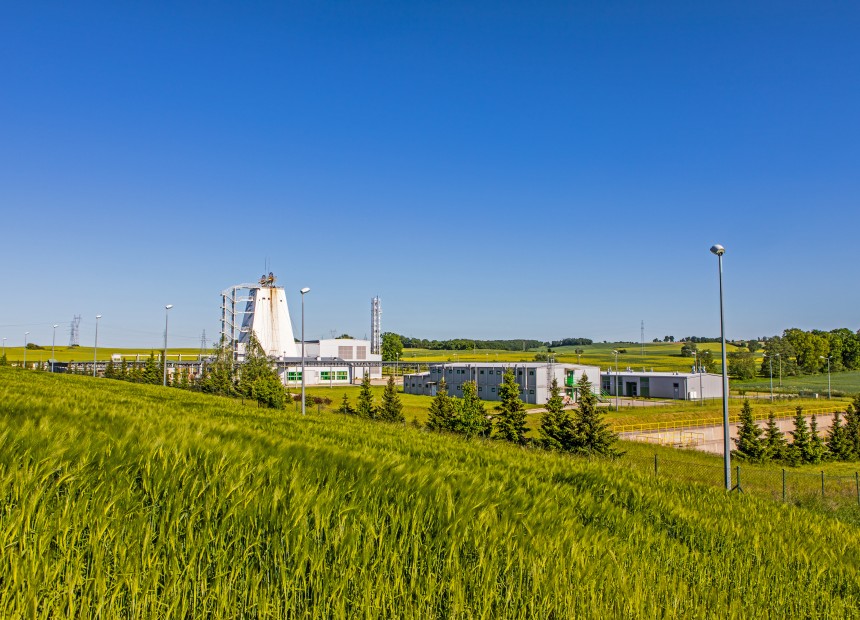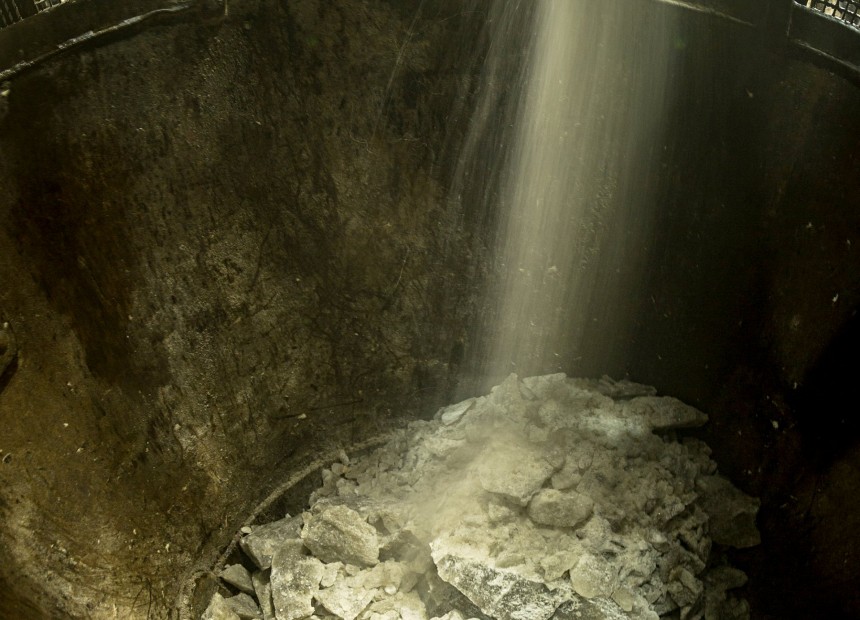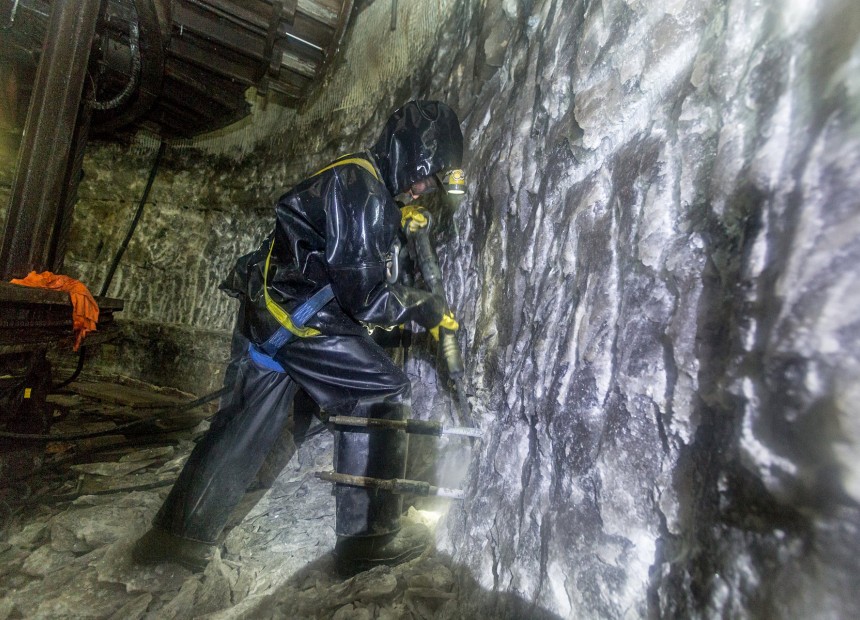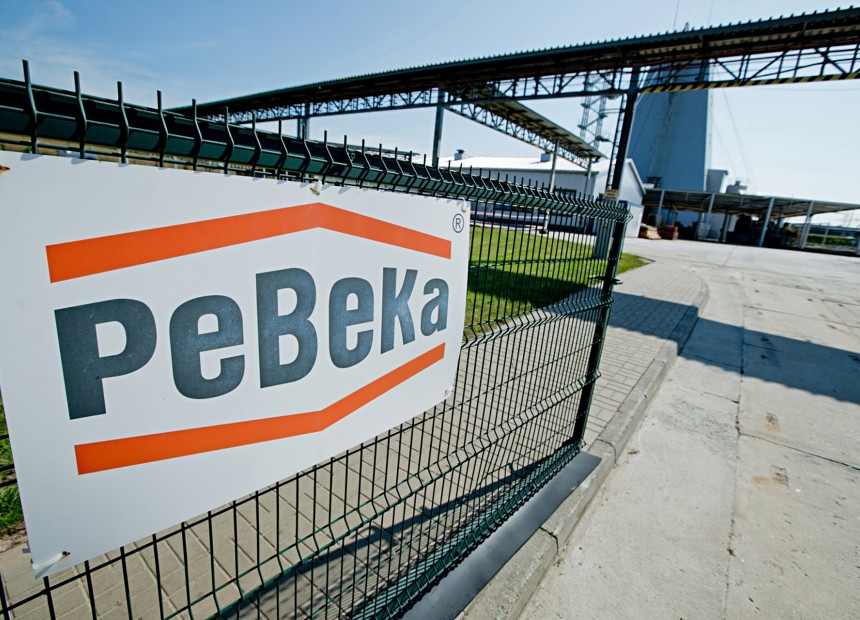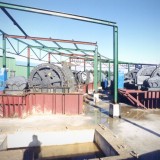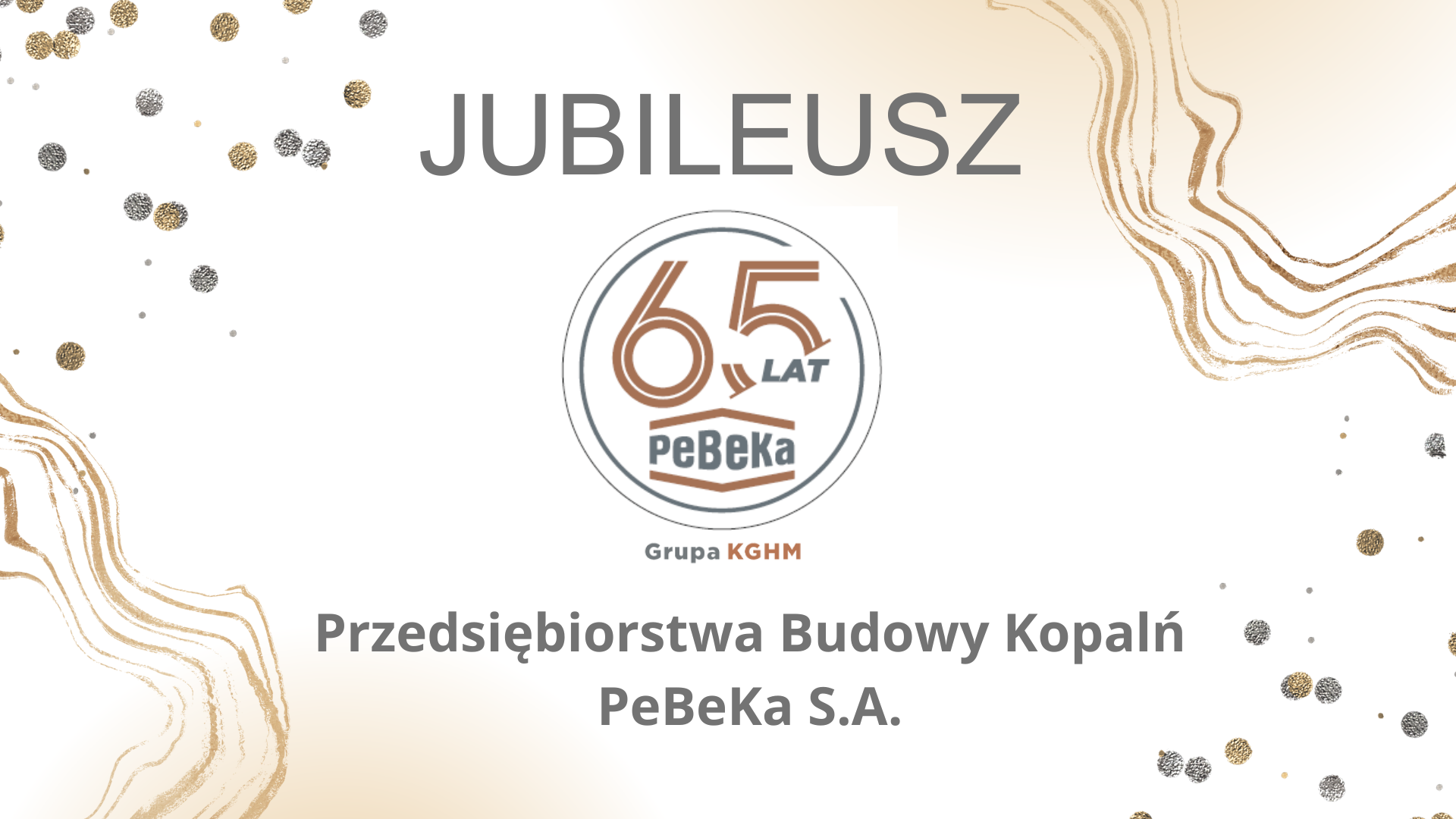The downcast ventilation shaft with the capacity of 72 000 m3 of air per minute. The shaft was sunk by means of the rock mass freezing technology; it has a segment structure; as well as concrete and tubbing supports. The shaft is connected to the workings of the “Polkowice-Sieroszowice” copper ore mine. The depth of the shaft: 1216 m. The internal diameter of the shaft: 7.5 m.
The construction of the SW-4 shaft
Investor: KGHM Polska Miedź S.A.
Time of project execution: 2005-2013
Additional technical data:
- Temperature of the walls in the freezing zone: -14°C
- The shaft was equipped with 470 tubbing rings
- The shaft was bored in silt, sand, sandstone and rock salt
- At the first section, the shaft was being sunk by means of the mechanical rock mass breaking technology adapted from the coal mining industry. It consisted in using the cutting head of a cutter-loader in a special position
- Below the level of 400 m, the blasting technique was used
Location
Poland, dolnośląskie Province,
Głogów, Zagłębie Miedziowe, copper ore deposit Głogów Głęboki-Przemysłowy
Project outline
The SW-4 shaft is a project of strategic importance for the manufacture of copper in Poland. The successful completion of the project accelerated the decision of KGHM Polska Miedź S.A. to start the mining of the Głogów Głęboki-Przemysłowy copper ore deposit located at the deepest levels. According to the conducted examinations and analysis, the exploitation of this deposit will allow KGHM Polska Miedź S.A. to continue its operations for another 30-40 years. The SW-4 shaft is the 30th facility of this type built by PeBeKa in the Copper Basin.
Greatest challenges
- Sinking the shaft in loose and strongly water-invaded rock mass.
- Using the so far greatest depth of rock mass freezing in the Copper Basin – 650 m.
- Boring through 155 metres of rock salt occurring at the depth of 1027-1182 m.
Key moment
Connecting the shaft with the horizontal workings of the “Polkowice-Sieroszowice” copper ore mine.
